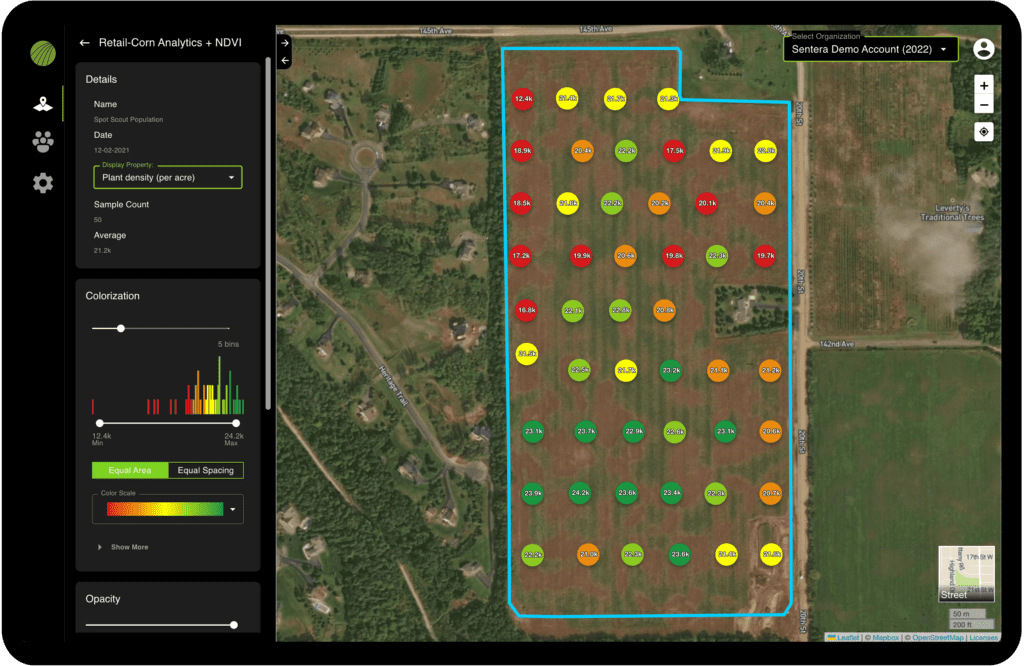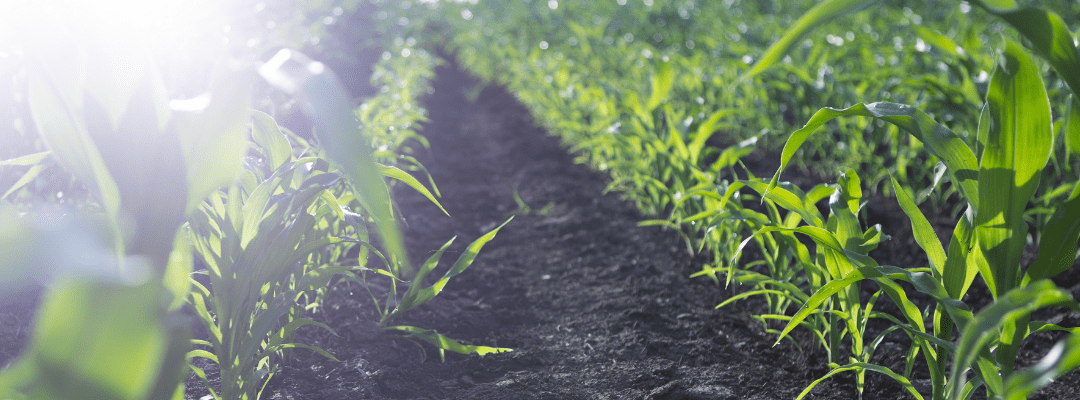In hybrid seed production, variability is inextricably tied to profitability. A lower yield will result in fewer seeds available to sell, after all – that’s just simple math. But, considering how many variable elements are present in hybrid seed production (a late start to the growing season because of cold weather, overly warm temperatures leading to a flash drought, etc.), it’s particularly important that you do everything you can to improve your production to ensure you have enough seed to meet demand. By doing so, you put yourself in a better position to react to (or perhaps even predict!) those variabilities, leading to greater opportunity to turn your expected profit.
While you can’t control the weather or how it affects your plants, there are a number of steps you can take to improve your seed production techniques – or, at the very least, make sure that your sales team has the latest insights on the forecasted yield so that they can sell appropriately, ensuring you’re able to deliver what’s been ordered and provide a customer experience that earns loyalty.
Ensuring Product Purity
Let’s start with the most important factor here – product purity. Without adequate product purity, your entire production is more or less shot. While it’s imperative to use seed testing to ensure any hybrid seed meets genetic purity standards, when it comes to corn in particular, you must also be able to validate that detasseling has achieved a sufficient purity standard of female tassel removal to prevent self-pollination contamination.
When it comes to detasseling, agriscience technology enables us to make that validation quickly and far more definitively than with manual methods. A drone can fly a 100 acre field in 60 minutes (unless you’re using our PHX, then cut that in half!) and provide highly accurate tassel count data within moments of completing the flight pattern.
Forecasting Yield
Forecasting yield with as much precision as possible is vital. By quantifying the Stand Count and planted crop area, you can more confidently ensure that product quotas are met, and that impacts the success of every step down the line, from marketing to sales to customer service.

And sure, it’s possible to get an estimate using the manual methods that seed growers have used for decades, but data in agriculture has come a long way. Now, you can use technology to capture aerial imagery, have that analyzed automatically – and with precision – and forecast your yield with greater accuracy than those manual methods provide.
Real-Time Monitoring and Decisions
You already know what a pivotal role borders play in plant breeding agriculture, and with drones and satellites, you can verify those borders clearly with edge-of-field imagery. Unlike manual methods, which require significant time and effort from your team in order to ensure proper detasseling, today’s agriscience technology allows you to view your tassel count per row with imagery, making it far simpler – and faster – to go in and remove the right number of tassels with confidence.
Plus, you can monitor those borders in near real-time, since the imagery and analytics integrate seamlessly, giving you the opportunity to identify any potential issues before they’re a problem – and adjust your management practices accordingly.
Data Transparency
Many in the industry pull data from a variety of sources, and they may analyze it using multiple platforms. That makes it important to use technology that facilitates data standardization and scalable measurements, because, let’s face it – when you’re looking at a single data set, incorporating a formula to standardize that data isn’t the end of the world.
But, when you need enterprise-grade integrations and reporting capabilities, that process needs to be simple and automated so that you can pull exactly the information you want into whatever program you want to use, generating the analytics and reports you need in order to make decisions or share your findings.


